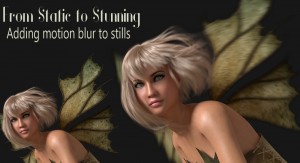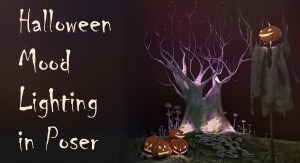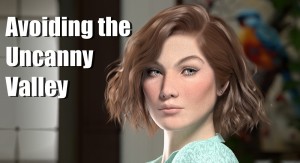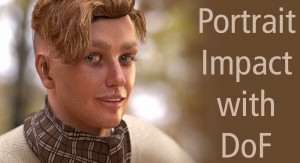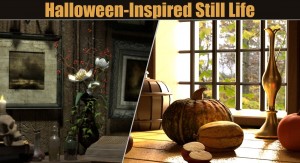What is focal length?
Focal length directly influences depth, distortion, and visual impact. Think of it as your scene’s mood dial. It controls how close or distant your subject feels, how much the background plays a role, and how natural or stylized your image appears—especially in portraits and cinematic setups.
The right focal length allows for viewer engagement and guides emotional responses, emphasizes drama, creates distance or invites closeness. Learning to use it to your advantage will surely result in artwork that leaves a lasting impression.
The right focal length allows for viewer engagement and guides emotional responses, emphasizes drama, creates distance or invites closeness. Learning to use it to your advantage will surely result in artwork that leaves a lasting impression.
How to Adjust Focal Length in Poser
1. Select your camera by going to the Camera Controls panel.
Choose the camera you want to adjust (e.g., Main Camera, Face Camera, or a custom one).
2. Find the Focal dial in the Parameters tab. Drag right to increase focal length (zoom in), or left to decrease it (zoom out). You can also click the number and type in a specific value.
Choose the camera you want to adjust (e.g., Main Camera, Face Camera, or a custom one).
2. Find the Focal dial in the Parameters tab. Drag right to increase focal length (zoom in), or left to decrease it (zoom out). You can also click the number and type in a specific value.
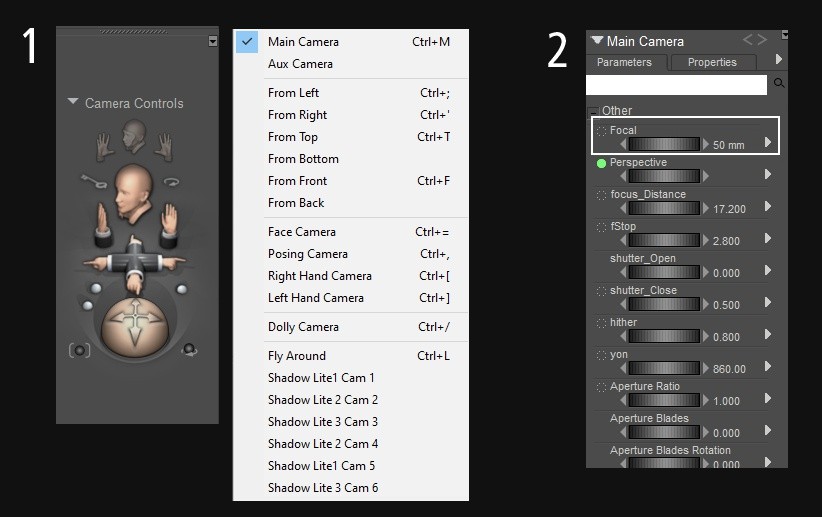
Decreasing the length (low numbers) is also referred to as a "wide angle or field of view" and this captures more of the scene.
Common Focal Length Ranges and Their Effects
The following three types of focal lengths are the most widely used but feel free to experiment with your own adjustments.
18-35mm: Ideally used for interiors and landscapes but also in more dramatic or stylized situations. It's generally not preferred for character portraits as it can exaggerate facial features—making noses look larger or faces appear stretched.
50mm: This is probably the closest to a natural perspective that will serve well for most everyday scenes.
80-120mm: Works well for portraits and closeups. This length will compress the background and give more flattering proportions to the face. It is not advisable for interiors or landscapes as not much can be seen.
18-35mm: Ideally used for interiors and landscapes but also in more dramatic or stylized situations. It's generally not preferred for character portraits as it can exaggerate facial features—making noses look larger or faces appear stretched.
50mm: This is probably the closest to a natural perspective that will serve well for most everyday scenes.
80-120mm: Works well for portraits and closeups. This length will compress the background and give more flattering proportions to the face. It is not advisable for interiors or landscapes as not much can be seen.
In short, choosing the right focal length helps you shape how your subject is perceived—how your subject is framed, how much space surrounds it, and how it feels to the viewer.
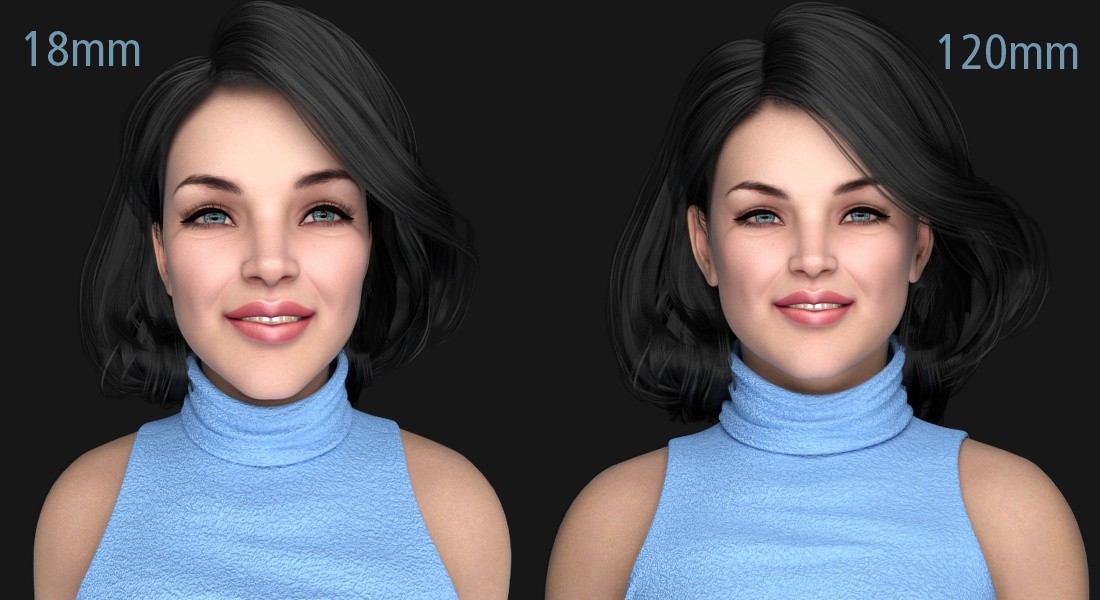
Breaking the Rules
Rules are tools—not limits. Once you understand how focal length affects perception, you can bend it to serve your creative intent.
Breaking rules adds personality. Unexpected choices stand out and help your work feel fresh, emotional, or stylized. It invites experimentation. Especially in Poser, where you control every variable, rule-breaking can lead to unique visual discoveries.
Examples
To exaggerate emotion or tension you can use wide focal length (low number) up close to distort features and create intensity or unease in your character.
To flatten space for stylistic effect a narrow field of view in tight spaces will compress depth and create graphic, almost surreal compositions.
Breaking the rules challenges the viewer's expectations and can result in quirky, unconventional looks that also serve a specific purpose. Whatever you decide on, having fun exploring your creative energy is all that matters!
.png)
